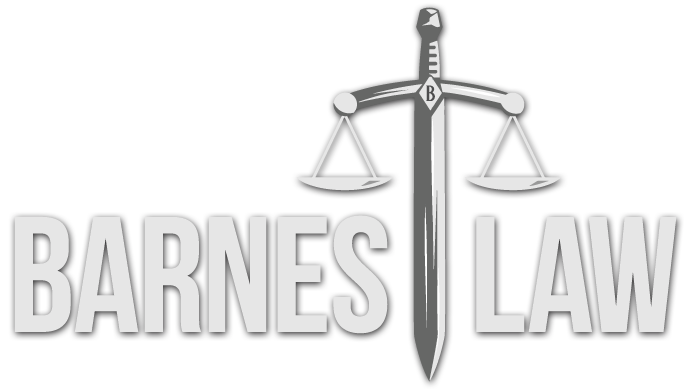Affirmative Action: What happened between Fisher I and II?
Back in April[1] we looked at what was at state with the Supreme Court’s pending ruling in Fisher v. University of Texas at Austin (Fisher II). On June 23, 2016 the Supreme Court ruled, in a 4-3 decision, that the University of Texas’s use of racial preferences in undergraduate admissions can be sustained.[2] The majority found that “considerable deference is owed to a university in defining intangible characteristics, like student body diversity, that are central to its identity and educational mission.”[3] The problem seems to be that “Kennedy makes clear that Grutter v. Bollinger[4] and Fisher 1[5] stand strong as good law.”[6] The question then is what happened between Fisher I and Fisher II? Justice Kennedy, the surprising vote in favor of this plan given his disfavor in previous rulings, stated during oral arguments last December “the litigants…have been denied the advantage and perspective that would be gained if there would be additional fact-finding under the instructions that Fisher I sought to give. And that just – we’re just arguing the same case…It’s as if nothing has happened.”[7]
Fisher I stated that a University’s admission policies are to be reviewed under strict scrutiny, and racial admission policies are to be “precisely” tailored to serve a compelling governmental interest. Fisher II seems to give a wink to Fisher I, then simply give “considerable deference” to the school’s policy. A baffled Samuel Alito summarized this duplicity succinctly: “[c]ourts will be required to defer to the judgment of university administrators, and affirmative-action policies will be completely insulated from judicial review.”
So, what is the future for affirmative action? At least in the short-term practices such as Texas’s plan are allowable. In the long term, the impact of Fisher I and Fisher II are debatable.[8] There are cases out of the University of North Carolina and Harvard that might shed light on the width and breadth of the new rulings but much of that will be dependent upon the appointment of the next Justice.
--By Derek A. Jordan, Esq., Barnes Law
Derek A. Jordan is an associate attorney with Barnes Law, licensed to practice law in Tennessee.
The opinions expressed are those of the author and do not necessarily reflect the views of the firm, its clients, or any of its or their respective affiliates. This article is for general information purposes and is not intended to be and should not be taken as legal advice.
[1] See: http://www.barneslawllp.com/the-future-for-affirmative-action/
[2] See: http://www.scotusblog.com/case-files/cases/fisher-v-university-of-texas-at-austin-2/
[3] See: http://www.supremecourt.gov/opinions/15pdf/14-981_4g15.pdf
[4] See: https://www.oyez.org/cases/2002/02-241
[5] See: https://www.oyez.org/cases/2012/11-345
[6] See: http://www.scotusblog.com/2016/06/symposium-moving-forward-from-fisher-ii/
[7] See: http://www.scotusblog.com/2016/06/symposium-so-what-happened-between-fisher-i-and-fisher-ii/
[8] See: http://www.scotusblog.com/2016/06/symposium-extrapolating-from-fisher-racial-preferences-forever/
